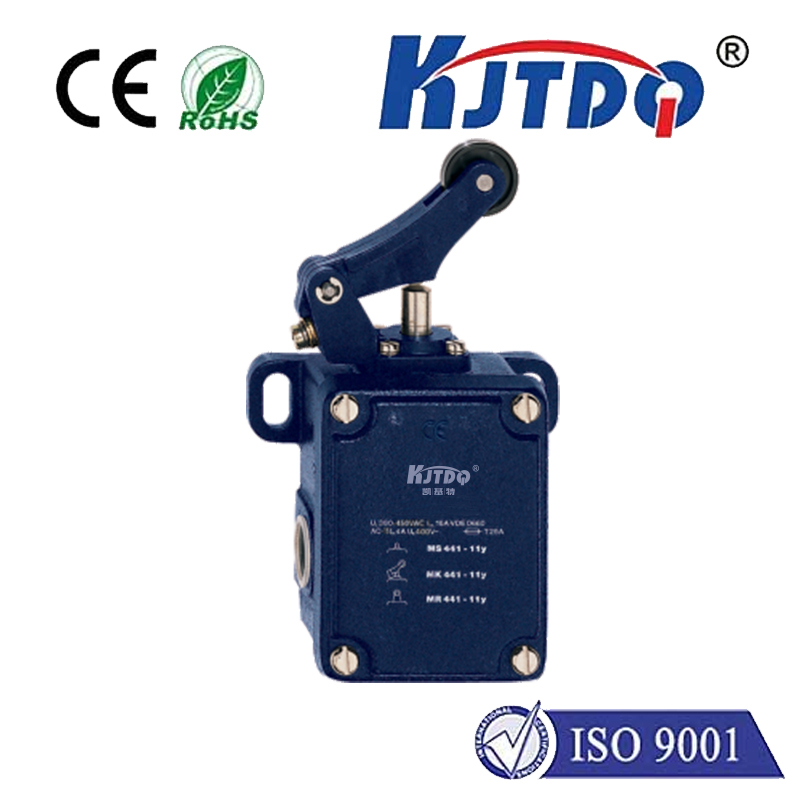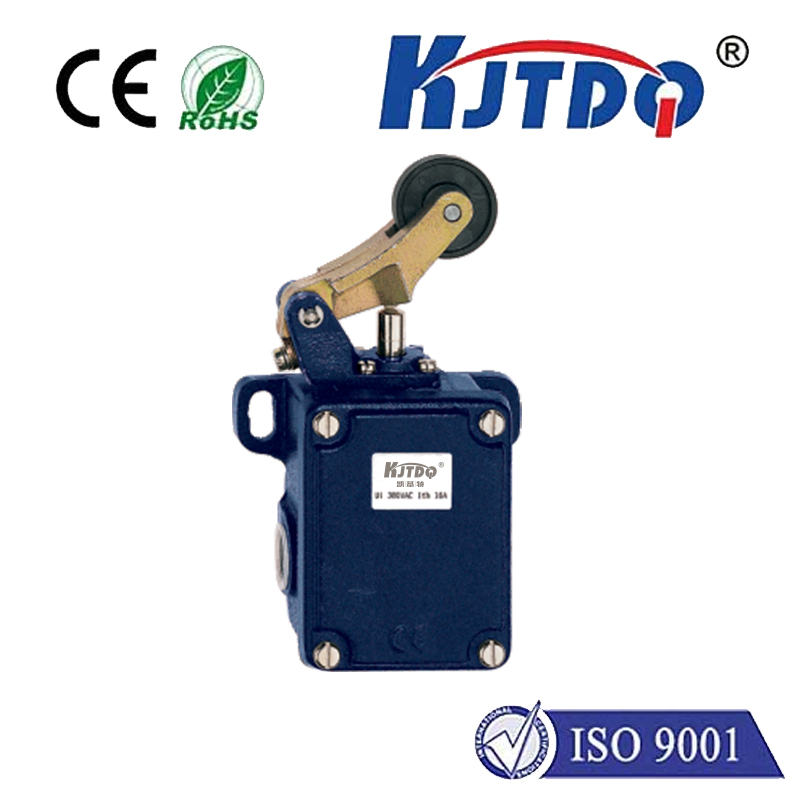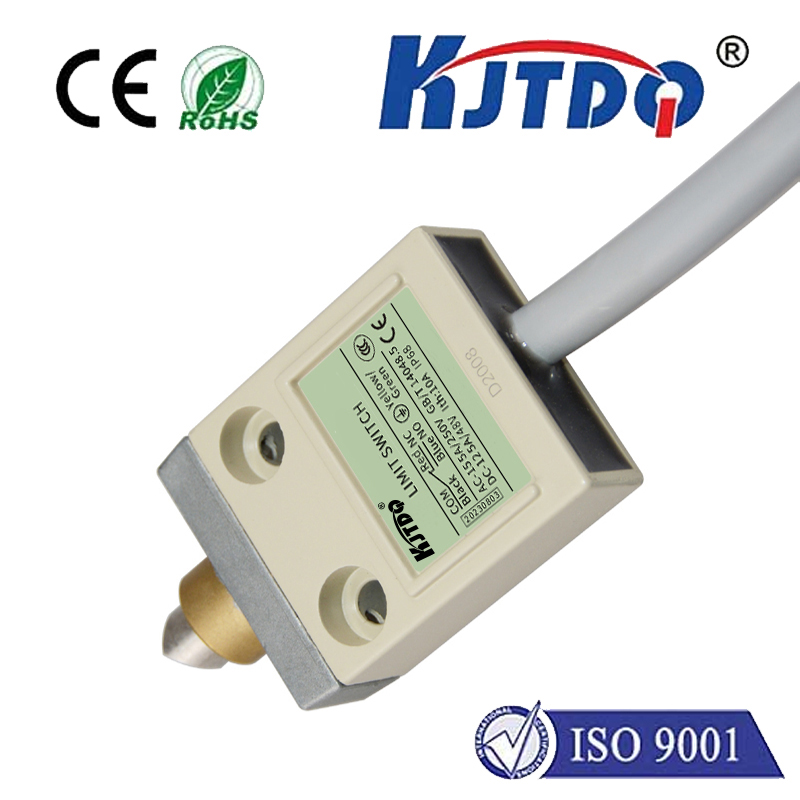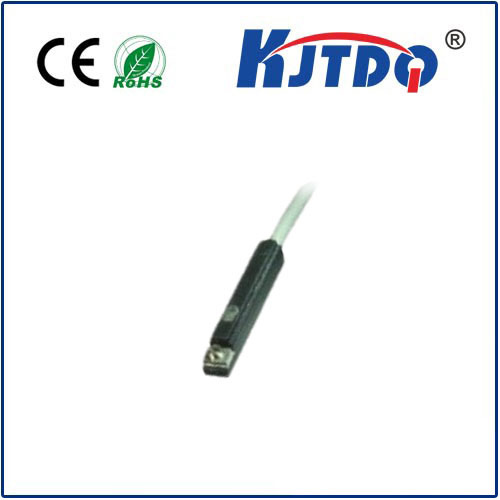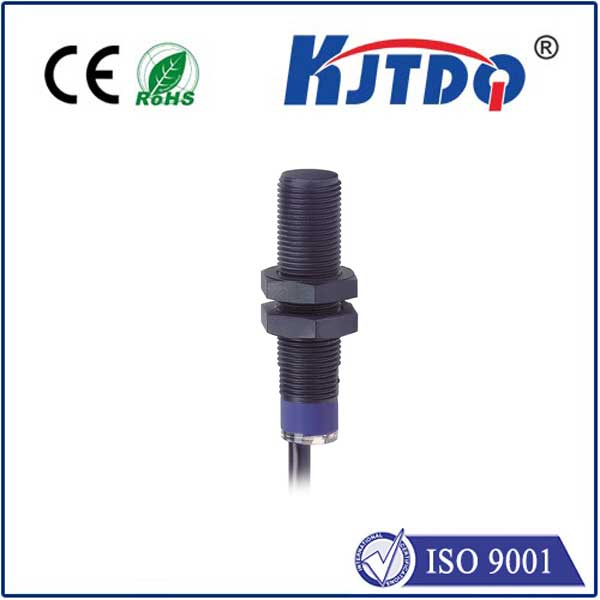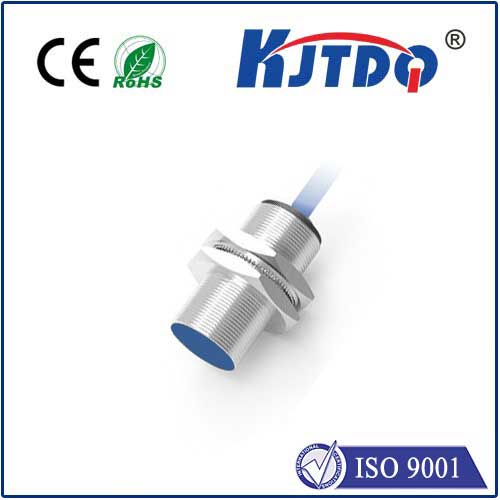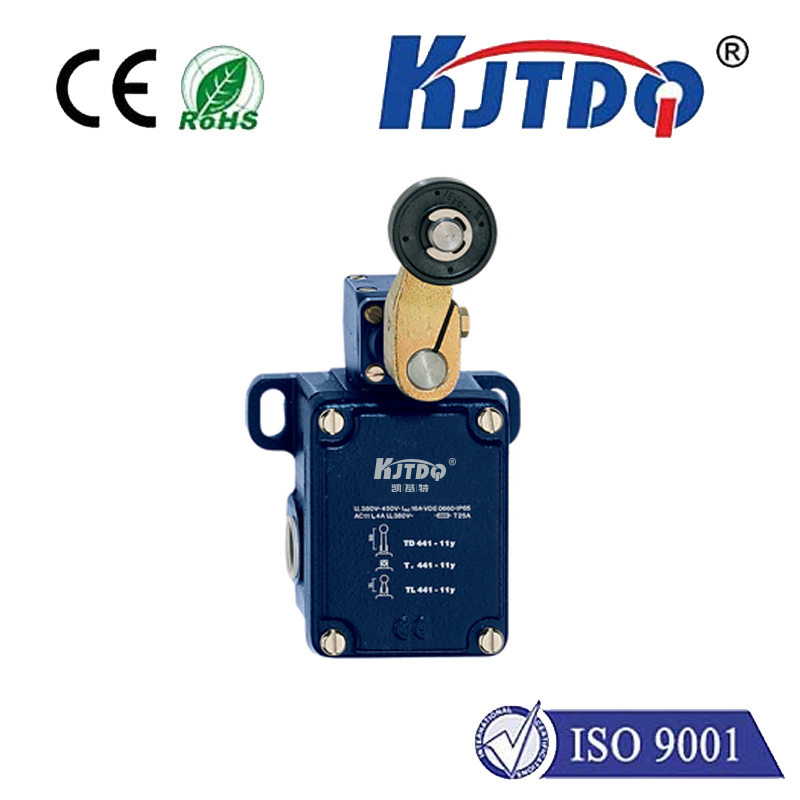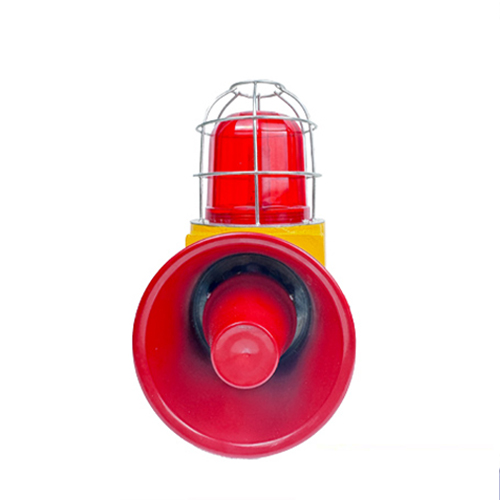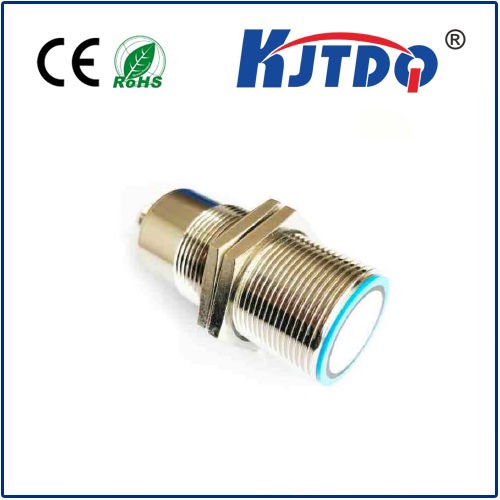vl6180x sensor
- time:2025-08-29 04:08:44
- Click:0
Unlocking Precision: The VL6180X Time-of-Flight Proximity and Ambient Light Sensor
Imagine a robot navigating a cluttered room, a smartphone intuitively dimming its display as you raise it to your ear, or a drone precisely gauging its height above the ground. At the heart of such seemingly intelligent interactions often lies a remarkable piece of technology: the VL6180X sensor. Far surpassing traditional infrared or ultrasonic counterparts, this miniature marvel delivers exceptional accuracy in proximity detection and ambient light sensing within compact spaces, fundamentally changing how devices perceive their immediate surroundings.
Gone are the days of unreliable readings from sensors easily fooled by object color, ambient light interference, or complex surface textures. The VL6180X, developed by STMicroelectronics, leverages advanced Time-of-Flight (ToF) principles to measure distance with unprecedented reliability. Instead of inferring distance indirectly (like measuring reflected intensity), it directly calculates how long it takes for an emitted pulse of invisible infrared light to travel to a target and bounce back to the sensor. This direct measurement approach grants it a significant immunity to the surface characteristics that plague other technologies.
What Makes the VL6180X Special?
Several key features set this proximity sensor apart:

- High Accuracy & Close-Range Performance: The VL6180X excels in the critical 0 to 100mm (up to 200mm practically) range, achieving resolutions down to 1mm. This precision is invaluable for applications demanding exact proximity detection, like collision avoidance in small robots or touchless gesture control.
- Ambient Light Immunity: One of its most significant advantages is its ability to function reliably under varying, even very bright, ambient light conditions. Its integrated ambient light sensing (ALS) channel even provides accurate measurements of the surrounding light intensity in lux, useful for display brightness control.
- Integrated Solution: The sensor incorporates the infrared emitter, optics, and sophisticated signal processing circuitry into a single, tiny surface-mount package. This drastically simplifies design-in and reduces overall system footprint and complexity.
- Fast Response Time: With measurement times typically in the millisecond range, the VL6180X enables real-time responsiveness, crucial for dynamic applications like gesture recognition or rapid object detection.
- Low Power Operation: Designed for battery-powered devices common in IoT and wearables, it offers configurable low-power modes, making it highly energy-efficient.
How Does the VL6180X Work? A Deeper Dive into ToF
Think of it like sonar, but using light waves instead of sound. Here’s a simplified breakdown:
- Emission: The sensor emits a very short, controlled pulse of infrared light.
- Flight Time: This pulse travels through the air until it hits an object and reflects back.
- Detection: Specialized pixels in the sensor (forming an SPAD array - Single Photon Avalanche Diode) detect the returning photons.
- Timing: Sophisticated internal circuitry precisely measures the time difference (
Δt) between emitting the pulse and detecting the return signal.
- Calculation: Since the speed of light (
c) is a known constant (~3x10^8 m/s), the distance (d) is calculated directly using the formula d = (c * Δt) / 2. The division by two accounts for the round-trip journey of the light pulse.
- Ambient Light: Concurrently, the ALS channel measures the intensity of ambient light hitting the sensor, filtering out the modulated pulse signal used for distance measurement.
This direct time-of-flight measurement is the cornerstone of the VL6180X’s superior performance compared to older triangulation or basic reflectance methods, which are highly susceptible to target reflectivity and ambient light.
Where the VL6180X Shines: Key Applications
The unique blend of precision, compactness, and robustness makes the VL6180X sensor indispensable across numerous fields:
- Robotics & Drones: Collision avoidance for small robots navigating tight spaces, precise docking, ground proximity sensing for stable drone landings.
- Consumer Electronics: Smartphone/tablet proximity detection (screen on/off during calls), touchless gesture interfaces (e.g., wave to scroll), automatic display brightness adjustment based on ambient light.
- Industrial Automation: Object presence detection on conveyor belts, material level sensing in confined bins, precise part positioning and counting.
- IoT & Smart Home: Occupancy detection in compact smart home devices, gesture-controlled lighting/switches, smart appliance interaction (e.g., wave to open a trash can lid).
- Wearables: Integration into smartwatches or fitness bands for gesture control and proximity awareness.
Integrating the VL6180X: Practical Considerations
While powerful, successful integration requires attention to detail:
- Optics & Crosstalk: The sensor’s small aperture demands careful optical design. Mounting it too close to the edge of a device or behind thick/dark glass can significantly degrade performance due to crosstalk (direct reflection of the emitter’s pulse back into the receiver without hitting an external target). Proper mechanical baffling and optical design are crucial.
- I2C Communication: It communicates via the ubiquitous I2C bus, requiring just two data lines (plus power and ground). This simplifies connectivity to microcontrollers like Arduino, Raspberry Pi, ESP32, or STM32.
- Software Libraries: Leveraging well-established libraries for platforms like Arduino significantly eases development. These libraries handle the complexities of register configuration and data retrieval.
- Multizone Ranging: Advanced features like multi-zone ranging (determining distance to objects in different parts of the sensor’s field of view) require precise configuration but unlock higher-level capabilities.
- Power Management: Utilizing its programmable interrupt pin and low-power modes is essential for optimizing energy consumption in battery-powered applications.
The VL6180X sensor represents a paradigm shift in short-range sensing. Its ability to deliver highly reliable, precision distance measurement and accurate ambient light sensing in a minuscule, easy-to-integrate package empowers designers to create devices with enhanced interaction, safety, and intelligence. From preventing a tiny robot from bumping into walls to making your smartphone interaction feel more natural, the VL6180X is a foundational technology quietly enabling smarter, more responsive electronics wherever precise awareness of the immediate environment is key. Its impact continues to grow as engineers discover innovative ways to harness its capabilities.













